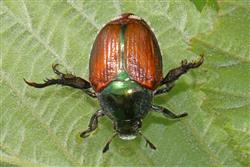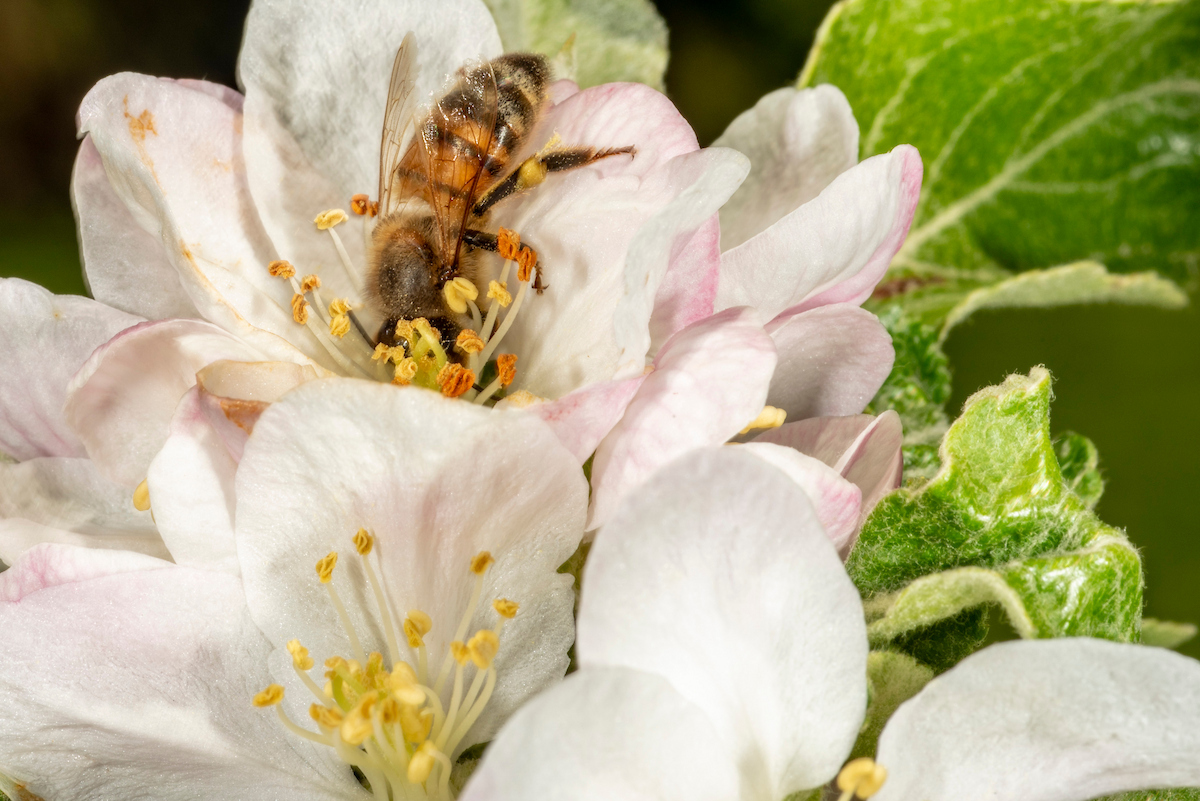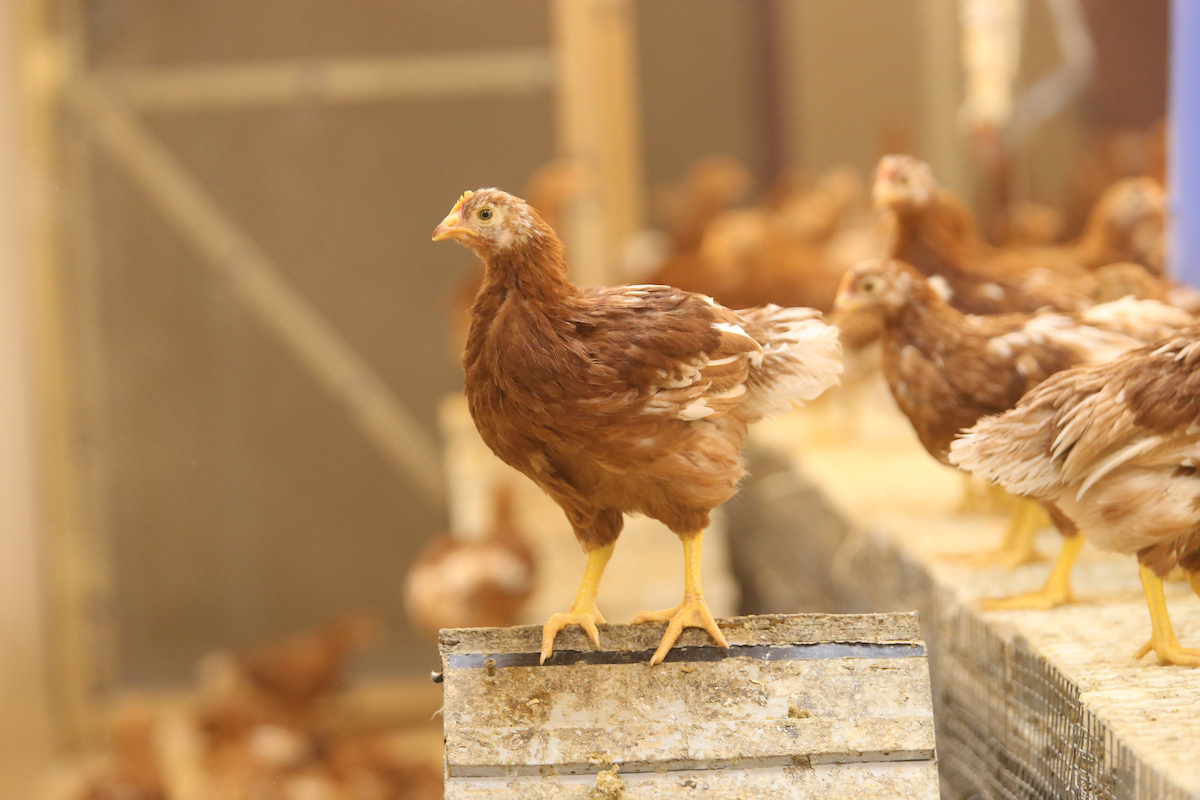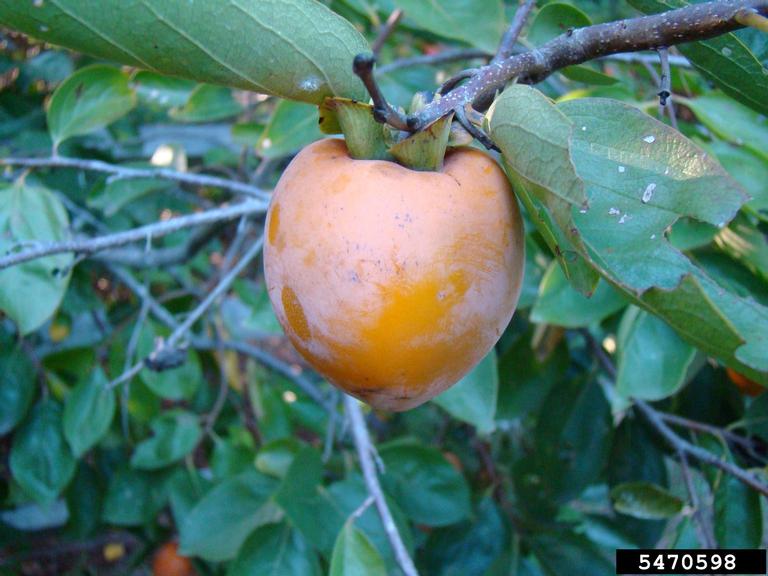Japanese Beetle Season Soon Upon Us

Japanese beetles will be out in full force soon, causing damage to landscapes, trees, gardens and row crops around the state. These metallic green and bronze pests being emerging in late June and early July and are known to feed on more than 300 different plant varieties. The beetles will remain a problem for the remainder of the summer until temperatures begin to cool down, likely not until September. Japanese beetle eggs are laid in the soil during July and August, followed by the larvae hatching and feeding on decaying vegetation and grass roots. The grubs then overwinter deep in the soil before emerging as adults the following summer. It is usually not recommended to try and control the beetles at the grub stage, unless your lawn has a long history of being damaged by grubs. If this is the case, apply a preventative insecticide before egg hatch, which is typically in early August. Keep in mind however, that even if you are controlling the beetles coming from your yard, adults can fly up to five miles to feed on plants they find attractive. Because of this, it is also not recommended to use Japanese beetle traps, as they typically end up attracting more beetles than they can hold, accentuating the problem.
To protect ornamentals against the feeding of Japanese beetles, the plants will need to be coated with an insecticide during the adult flight period. The first application should be made when damage is becoming intolerable and the beetles are still present. A second application may be warranted depending on the product used. Insecticides should contain one of the following active ingredients: permethrin, esfenvalerate, cyfluthrin, or bifenthrin, following all label directions. For a more natural product, neem oil can be an effective repellant that can reduce defoliation when applied regularly, but no more than once per week. For food plants, carbaryl, permethrin, and malathion are safe to use if harvest restrictions on the label are followed. For a list of landscape plants that are relatively free of feeding issues, refer to Purdue publication E-75-W, available here: https://extension.entm.purdue.edu/publications/E-75.pdf
In an agricultural setting, it is possible for Japanese beetles to reach a level where treatment is warranted. Damage in corn will appear as skeletonized leaves and silk feeding during pollination, with damage usually being worst along field edges. Growers are advised to select five freshly silking plants in five different non-border areas of the field. The economic threshold for treatment is: silks cut off less than ½” before 50% pollination with beetles present and actively feeding. Similar damage can be seen with soybeans with the threshold for treatment being: 40% defoliation pre-bloom, 15% defoliation blooming to pod fill (R1-R5), and 25% defoliation at full seed (R6) with beetles actively feeding. Spot treatments may be all that are needed in these scenarios.





